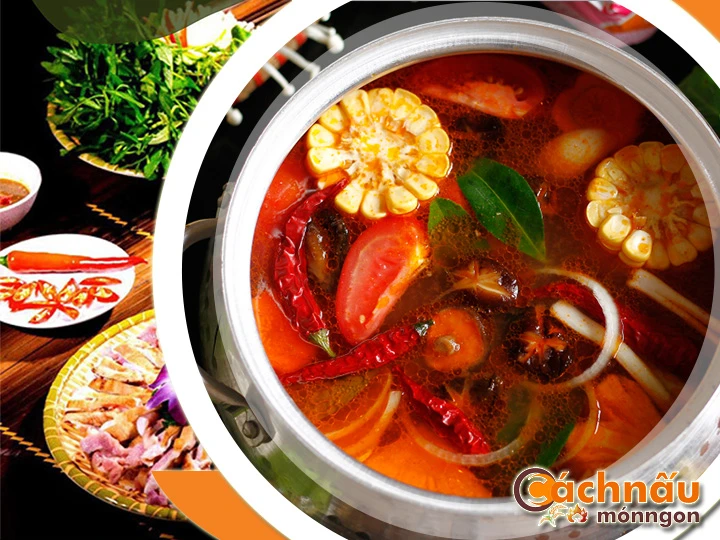This comprehensive guide explores the totality you need to recognize about rabbit hot pot, from its culinary heritage to contemporary twists, nutritional benefits, and methodical instructions for creating the ultimate plate at home. Whether you are a skilled chef or a inquisitive newcomer, this guide will support and train you to refine your talent of rabbit hot pot.
Discover the Easy Rabbit Hot Pot Secrets for Food Lovers - Lẩu thỏ
Hot pot rabbit, a mouthwatering and culturally rich dish, has been adored across numerous regions and cuisines for centuries.
This comprehensive guide explores the totality you need to recognize about rabbit hot pot, from its culinary heritage to contemporary twists, nutritional benefits, and methodical instructions for creating the ultimate plate at home. Whether you are a skilled chef or a inquisitive newcomer, this guide will support and train you to refine your talent of rabbit hot pot.
DISCOVERING THE EVOLUTION & CUSTOMS RELATED TO {BRAISED RABBIT DISH|HEARTY RABBIT MEAL|RABBIT HOT POT|RABBIT STEW|BUNNY CASSEROLE|RABBIT CUISINE|STEWED RABBIT
This comprehensive guide explores the totality you need to recognize about rabbit hot pot, from its culinary heritage to contemporary twists, nutritional benefits, and methodical instructions for creating the ultimate plate at home. Whether you are a skilled chef or a inquisitive newcomer, this guide will support and train you to refine your talent of rabbit hot pot.
